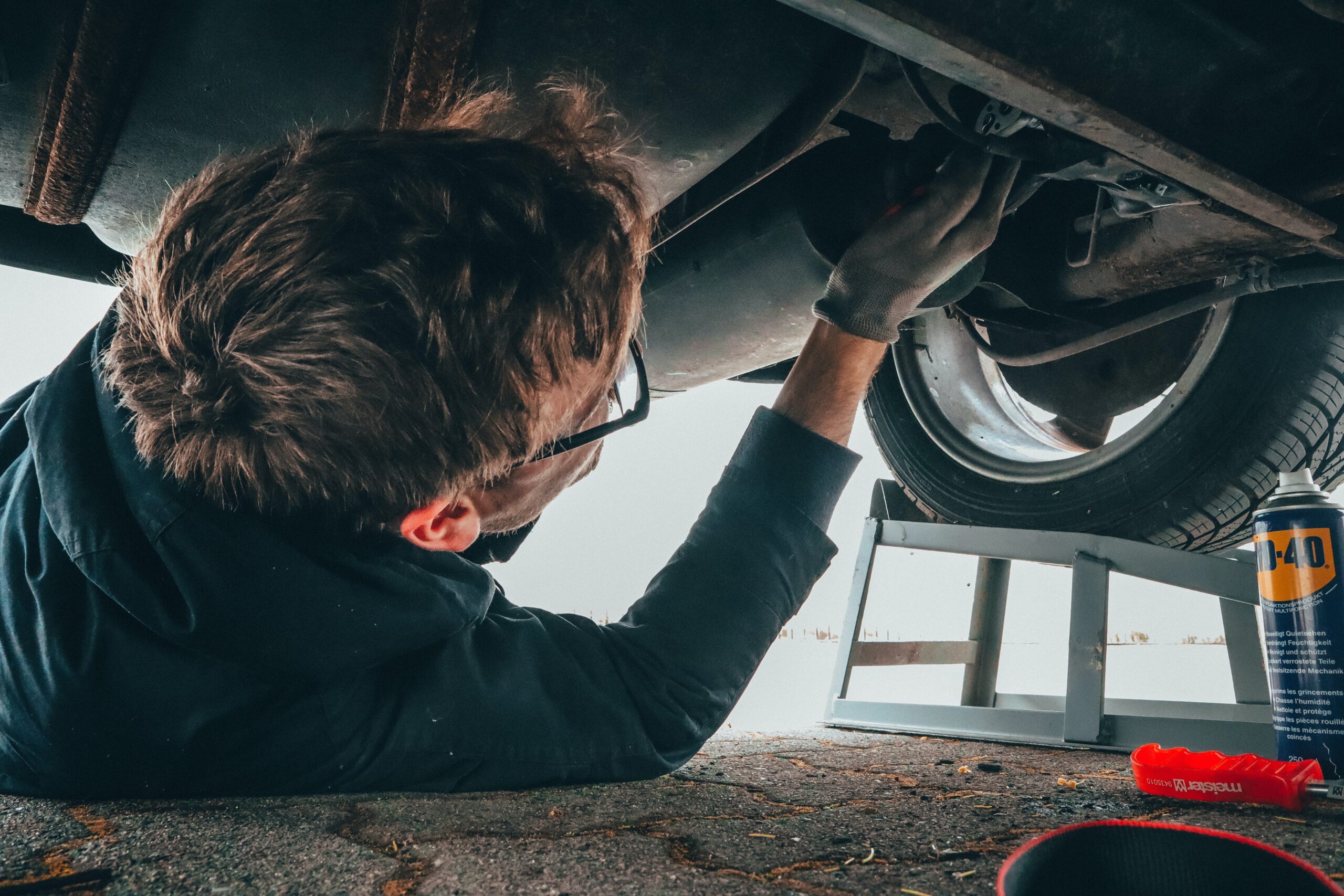A fleet analysis is a comprehensive review of a company’s fleet of vehicles that is conducted to determine the optimal size and composition of the fleet. Here’s an example of a fleet analysis:
Step 1: Define business requirements
The first step in conducting a fleet analysis is to define the business requirements for the fleet. This may involve assessing the number of drivers, the type of work being performed, and the expected mileage of each vehicle. It’s important to consider factors such as the location of the business, the type of terrain, and any unique requirements for the vehicles, such as the need for special equipment or modifications.
Step 2: Review existing fleet data
The next step is to review existing fleet data to gain insight into the performance and utilization of the current fleet. This may involve analyzing data on fuel consumption, maintenance costs, repair costs, and vehicle utilization. This data can help identify areas of the fleet that are underutilized or inefficient, as well as highlight opportunities for improvement.
Step 3: Evaluate vehicle options
Based on the business requirements and existing fleet data, the next step is to evaluate vehicle options that are available in the market. This may involve researching vehicle models, comparing features and prices, and considering the total cost of ownership of each option. Factors such as fuel efficiency, reliability, and resale value should be taken into account.
Step 4: Develop a fleet replacement plan
Once vehicle options have been evaluated, the next step is to develop a fleet replacement plan that outlines the optimal size and composition of the fleet. This plan should take into account factors such as the expected lifespan of each vehicle, the expected maintenance costs, and the expected fuel consumption.
Step 5: Implement the fleet replacement plan
The final step is to implement the fleet replacement plan, which may involve leasing or purchasing new vehicles and disposing of existing vehicles that are no longer needed. The implementation should be done in phases, taking into account budget constraints and other factors that may affect the timing of the replacement.







